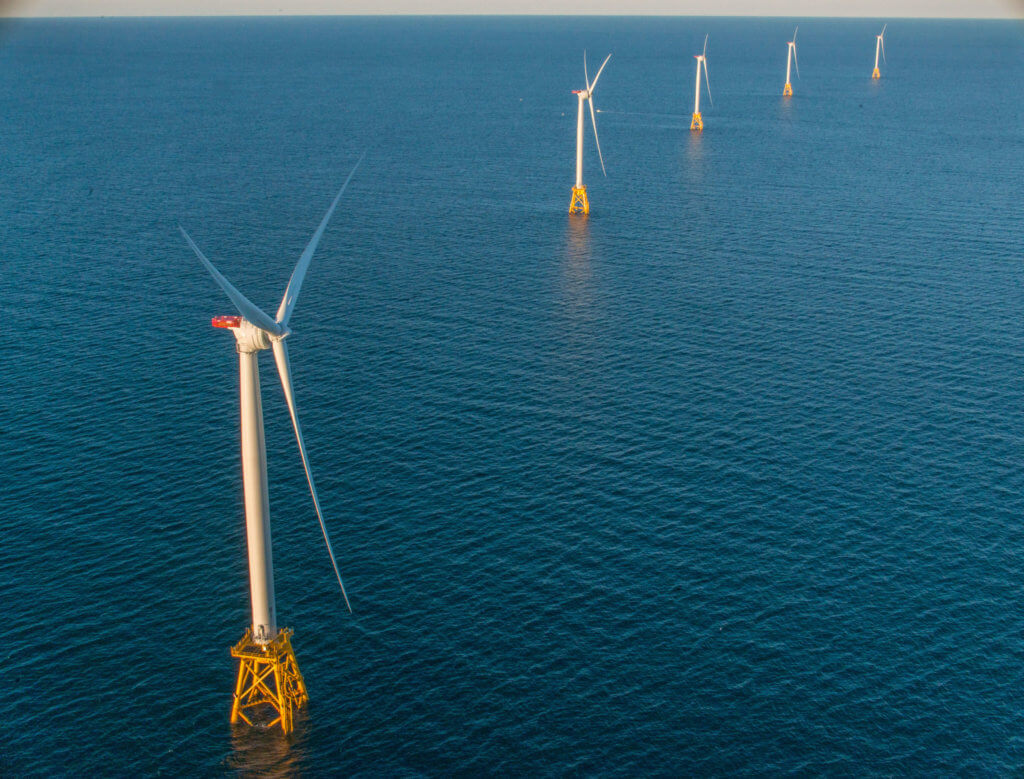Koch-funded Institute for Energy Research fails on facts
The Institute for Energy Research (IER), a group that represents the interests of fossil fuel energy sources, has a recent blog post that purports to be a “fact check.” Embarrassingly, its fact check not only failed to find a single thing that was incorrect in AWEA’s statements, but also made its own factually incorrect attacks on wind energy. Below, we fact check the fact checkers:
FACT 1: No single wind power project benefited from more than one of: The production tax credit (PTC), the investment tax credit (ITC) and the Section 1603 program.
That’s because projects receiving the PTC, the per MWh credit referenced by IER, were prohibited by law from also taking a grant in lieu of the investment tax credit under 1603. Projects are also are prohibited from claiming both the PTC and the ITC, as well as the ITC and 1603 together.
Moreover, the Section 1603 program is no longer available to new wind energy projects. The PTC and ITC are also are set to expire for wind energy at the end of 2013.
In its attempted “fact check,” IER falls back onto the false claim that a project could have taken both a Section 1603 grant and a tax incentive after it concedes that AWEA was correct to point out that fewer than 1% of wind projects received both a tax incentive and a separate incentive, the loan guarantee program. Quoting verbatim from the closing argument of IER’s "fact check":
“[AWEA] CLAIM: Fewer than 1% of wind projects installed from 2009-2012 took both a tax incentive and a DOE loan guarantee.
FACT: Given that the DOE loan guarantee has only given money to 33 projects, and only 4 of those were wind generation projects, it is entirely within reason that only 1 percent of wind projects installed over the period given by AWEA accepted both tax incentives and a loan guarantee. The more important metric would be, how many of the dozens upon dozens of wind projects added in that time period took both a Section 1603 grant and a tax incentive?”
The reason IER didn’t answer that question is because the answer is zero. As made clear above, a wind project would have been prohibited from receiving both a Section 1603 grant and the PTC/ITC. Making false accusations in the form of a question is apparently the last resort of someone who does not have the facts on their side. IER makes that false claim another time earlier in its “fact check,” when it writes that “On top of the $23 per MWh credit that wind producers receive, many of them have also benefited from the $20 billion in cash grants given to wind projects under the Section 1603 program…”
The only tax incentive a project could have taken along with 1603 is accelerated depreciation. However, accelerated depreciation is an incentive available to essentially every business sector, including nuclear, oil, gas, coal, technology investments, building investments etc. In addition, while IER criticizes wind energy, it either ignores or is unaware that nuclear and fossil technologies can take advantage of multiple incentives in exactly the same way wind energy can with respect to the PTC or ITC and accelerated depreciation. Since IER neglects that analysis, here are some examples of incentives for other energy sources.
A single new nuclear facility is potentially eligible for multiple financial incentives, such as:
· A DOE loan guarantee under Section 1703
· A Section 45(J) nuclear power production tax credit
· Section 468A special tax accounting rules for nuclear decommissioning costs
· 15-year accelerated depreciation schedule
· Reduced rates for accident liability insurance due to the Price-Anderson Act, which absolves industry of costs related to accidents above a certain threshold and forces taxpayers to pick up the remaining tab
Oil and gas companies are eligible for multiple financial incentives for projects, such as:
· Capped spill liability
· Section 199 deduction
· Enhanced oil recovery credit
· Percentage depletion allowance
· Intangible drilling costs deduction
· Master Limited Partnerships
Coal companies are eligible for multiple financial incentives, such as:
· Deduction for mining expenses
· Production tax credit for carbon capture
· Investment tax credit for advanced coal facilities
· Section 199 deduction
· Percentage depletion allowance
· DOE loan guarantees for advanced coal
· Master Limited Partnerships
We aren't criticizing these incentives, just noting their availability, including to IER's financial sponsors.
Fact 2: Wind energy is good for consumers.
There’s no clearer way to say it. Adding wind power keeps money in the pockets of American consumers. Wind does this by reducing electricity prices, helping prevent future price shocks, and making the energy market more competitive.
When the Midwest transmission system operator, which is agnostic as to generation source and has no ideological axe to grind, recently obtained more than 25% of its electricity from wind (Nov. 23, 2012) it noted, “Wind represents one of the fuel choices that helps us manage congestion on the system and ultimately helps keep prices low for our customers and the end-use consumer.”
In fact, according to a May 2012 Synapse Energy Economics, Inc., report, adding more wind power in the Midwest would lower overall energy costs for consumers, saving each ratepayer $63 to $200 per year.
Not to mention the fact that electricity rates increased by twice as much in the 40 states with the least wind power between 2005 and 2010 as they did in the top 10 states for wind generation.
FACT 3: The laws of physics dictate that wind energy that is produced is “used.”
Earlier in its “fact check,” IER conceded that AWEA was correct in citing data that Iowa and South Dakota reliably produce more than 20% of their electricity from wind energy, but then fell back on the bizarre argument that some of this wind-produced electricity was not actually “used.”
Going back to Physics 101, the law of conservation of energy dictates that energy can be neither created nor destroyed. Since IER is fond of posing unanswered questions, an interesting question back at it would be “If the electricity is ‘unused,’ where does it go?” Unfortunately for IER, there is no answer to that question, because the laws of physics dictate that every amount of wind-produced electricity, or for that matter any type of electricity, must be used. As a result, every MWh of wind energy displaces, on a 1:1 basis, a MWh of electricity that would have been produced by the most expensive power plant that is currently operating, which is almost always the least efficient fossil-fired power plant. That fundamental physics equation explains why wind energy provides such large benefits for consumers and the environment, and also why the claim that produced wind energy is not “used” is false.
FACT 4: Wind energy was the largest source of new generating capacity in 2012, and wind plants have a higher capacity factor than gas plants.
IER attempts to downplay wind’s record achievement of being the largest source of new generating capacity in 2012, providing 42% of all new generating capacity. IER attempts to imply that this record wasn’t that impressive because other energy sources, particularly natural gas, produce more MWh per MW of installed capacity, i.e., have higher capacity factors. Unfortunately for IER, Department of Energy data confirms that that isn’t true for natural gas. In 2010, the most recent year for which data is available, U.S. natural gas power plants produced at an average capacity factor of 24.1%, significantly lower than the 33% for U.S. wind projects in 2011. While a full year of production data for the new wind and gas plants is obviously not in yet, the new wind plants added in 2012 will produce more electricity than the new gas plants added in 2012 if both types of plants conform to their fleet-wide averages.
As we have noted here previously, all energy sources have received significant incentives over time–most much more so than wind power. Energy incentives make sense for our country, as access to affordable homegrown energy is the primary driver of economic growth. Singling out one energy source for analysis, as highlighted by the recent Government Accountability Office report and the IER post, does not provide much insight.
Rather, shouldn’t we be asking: do we want cleaner, homegrown energy sources? Do we want a more diverse, robust utility grid; one that is less vulnerable to volatile fuel markets? Do we want to create lasting jobs in high growth manufacturing industries?
If the answer to all of those questions is “yes,” then we should be continuing and expanding the policies that make those goals a reality. The facts demonstrate that the PTC, in combination with state renewable energy standards, is working.
Over 80,000 Americans are employed in the wind industry. The wind component manufacturing chain now consists of over 550 facilities across 44 states. Private industry invested $25 billion in wind power last year and wind was the number one source of new electricity added to the national utility grid. Those facts are undeniable and show that wind holds an important place in an “all-of-the-above” energy policy.



